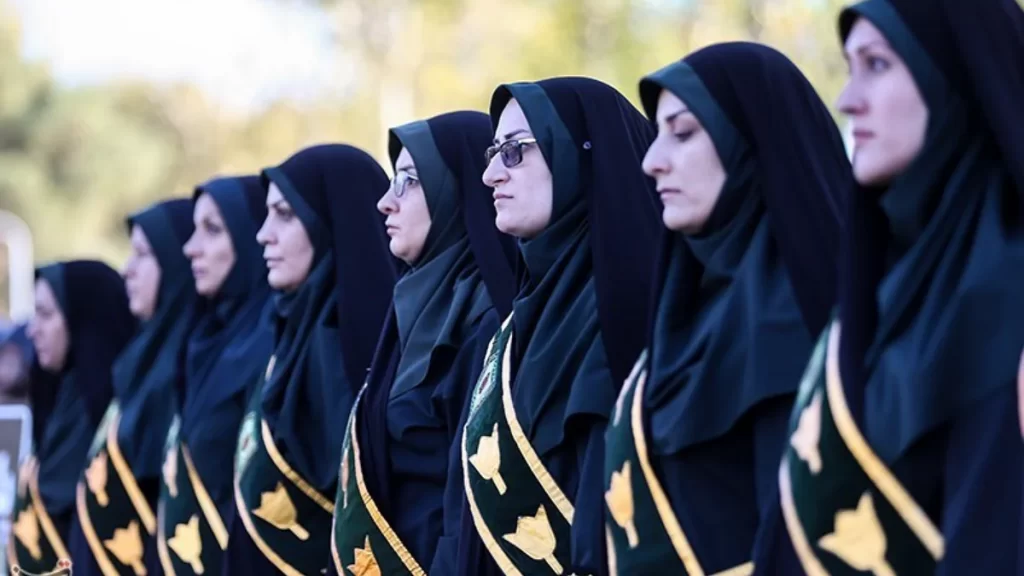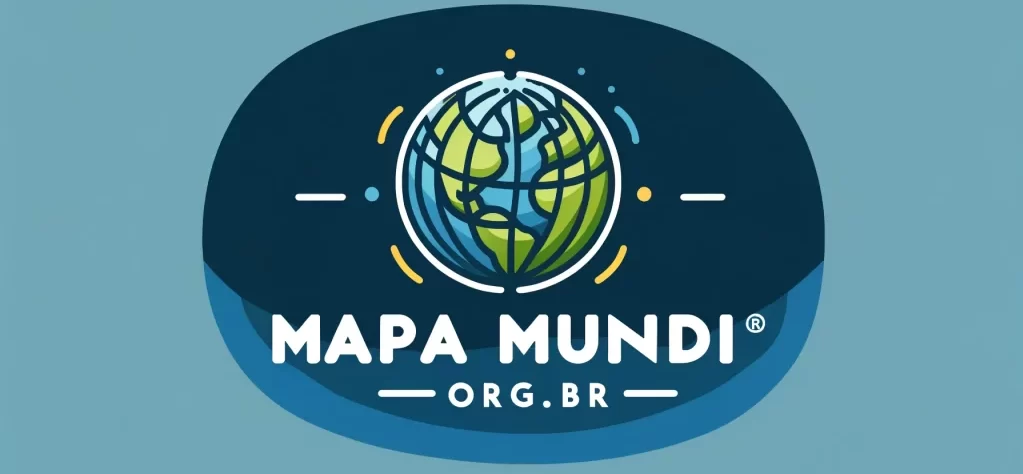
“Surata 24: 30 – Dize aos crentes que recatem os seus olhares e conservem os seus pudores, porque isso é mais benéfico para eles: Allah está bem inteirado de tudo quanto fazem;
24:31 – Dize às fiéis que recatem os seus olhares, conservem os seus pudores e não mostrem os seus atrativos, além dos que (normalmente) aparecem; que cubram o colo com seus véus e não mostrem os seus atrativos, a não ser aos seus esposos, seus pais, seus sogros, seus filhos, seus enteados, seus irmãos, seus sobrinhos, às mulheres suas servas, seus criados isentas das necessidades sexuais, ou às crianças que não discernem a nudez das mulheres; que não agitem os seus pés, para que não chamem à atenção sobre seus atrativos ocultos. Ó fiéis, voltai-vos todos, arrependidos, a Deus, a fim de que vos salveis!”
Alcorão
As manifestações que se alastram pelo Irã em razão da morte em Teerã de uma jovem curda, Mahsa Amina, vítima de violência pela Guarda Revolucionária iraniana por não portar o “hijab” que o Alcorão prega para as mulheres, levanta questões tanto de caráter religioso quanto político. Segundo relato policial, Mahsa teria falecido em razão de um problema cardíaco, mas o Alto Comissariado da ONU para os Direitos Humanos alertou para indícios de violência policial.
Após a confirmação da morte, tiveram início os primeiros protestos no Curdistão iraniano, onde a jovem vivia. Rapidamente, as manifestações se espalharam para as principais cidades do Irã. A multidão passou a gritar palavras de ordem contra o regime. Em Teerã e em outras dezenas de cidades, manifestantes pediram o fim da República Islâmica, com gritos de “não queremos uma república islâmica” e “morte ao líder supremo”. Para conter as violentas manifestações e a comoção que tomaram conta do país, as autoridades bloquearam o acesso aos aplicativos Instagram e WhatsApp. Segundo a agência de notícias iraniana Fars, a medida foi adotada para conter “as ações contrarrevolucionárias” realizadas por meio desses aplicativos.
Vamos aos pontos que considero mais relevantes:
A questão do véu engloba o conceito de “modéstia” no Alcorão que, conforme a surata (capítulo) 7 – AL ARAF – OS CIMOS, versículo 26, prega – “ Ó filhos de Adão, enviamos-vos vestimentas, tanto para dissimulardes vossas vergonhas, como para o vosso aparato; porém, o pudor é preferível! Isso é um dos sinais de Allah, para que meditem”. Este mandamento se aplica tanto aos homens quanto às mulheres. No caso destas, o mandamento é também para que “cubram o colo”. Ora, em nenhum momento o Alcorão obriga a que elas portem uma “burka”, ou sequer o “niqab”, que é a veste que cobre todo o corpo, deixando à mostra apenas o rosto. Este desvio do texto sagrado revela a distinção entre a letra e a prática, ou seja, entre o Alcorão “religioso” e o Alcorão “cultural”. O que o livro reza não é necessariamente observado pela sociedade…
Mas, será que foi sempre assim no Irã? Se olharmos as fotos durante o regime anterior, do Shah Reza Pahlevi, que reinou de 1941 até a sua deposição em fevereiro de 1979, não veremos diferença entre as vestimentas das iranianas e as ocidentais. Ademais, esta radicalização que toma conta do Irã, e de grande parte dos países muçulmanos, não se verifica em todos os países da mesma fé; por exemplo, no Cazaquistão, onde servi em 2013, as mulheres não somente estão desobrigadas pela sociedade de cobrir a cabeça em público senão também usam os mesmos “shorts” que qualquer jovem ocidental.
A conclusão óbvia, para muitos, é a opressão que o patriarcado exerce sobre as mulheres… Neste contexto, perguntam-se se será que o sistema resistirá à globalização, inclusive cultural, pela qual atravessa o planeta? Haverá um confronto entre as faixas etárias, ou valores que ameacem o “status quo” conservador da maioria, como estas manifestações deixam entender? Ou será que não são as próprias mulheres que tomam a iniciativa de portar o “hijab” como demonstração da fé, e não como uma imposição do patriarcado? Conversei com muitas delas e cheguei à conclusão de que o véu era para muitas, antes, uma escolha pessoal que a obediência aos rigores da sociedade…
O outro tema é o político. Sobretudo a partir da Revolução Islâmica, de 1979, os xiitas iranianos vêm-se confrontando com a maioria sunita dos países vizinhos (à exceção do Iraque). Neste cenário, um dos pontos mais sensíveis para Teerã é a ambição secessionista da minoria étnica curda, majoritariamente sunita, que habita a província noroeste do Curdistão. Como sabemos, os curdos anseiam por uma pátria própria – o Grande Curdistão – que ocuparia igualmente territórios na Síria, Turquia e Iraque. Este confronto levou, aliás, o Ayatollah Khomeini a qualificar num discurso em dezembro de 1979 o conceito de “minorias étnicas contrárias às doutrinas islâmicas”. Suas opiniões eram compartilhadas por grande parte da liderança clerical xiita. No início de 1979, eclodiram conflitos armados entre facções curdas armadas e as forças de segurança do governo revolucionário iraniano, como se recorda.
Os curdos têm sofrido uma longa história de discriminação no Irã. Em um relatório divulgado em 2008, a “Anistia Internacional” já assinalava que eles têm sido um alvo específico da República Islâmica do Irã: seus “direitos sociais, políticos e culturais têm sido reprimidos, assim como suas aspirações econômicas. Como resultado, muitos ativistas de direitos humanos no Irã vêm alertando para as violações das autoridades iranianas dos direitos humanos contra a minoria curda.
Ora, Mahsa era curda…
Neste contexto, alguns se indagam se não haverá uma “contaminação” dos dois temas, acirrando a luta da população do Curdistão para ter sua própria pátria. Este tema ainda não aflorou, mas para muitos poderá ser a próxima etapa na saga das mulheres iranianas.
Doutor em Direito Internacional Público em Paris. Ingressou na carreira diplomática em 1976, serviu nas embaixadas de Bruxelas, Buenos Aires, Nova Déli, Washington, Pequim, Tóquio, Islamabade (onde foi Embaixador do Brasil, em 2004). Também cumpriu missões transitórias no Vietnã e Taiwan. Viveu 15 anos na Ásia, para onde orientou sua carreira por considerar que o continente seria o mais importante do século 21 – previsão que, agora, vê cada vez mais perto da realidade.
